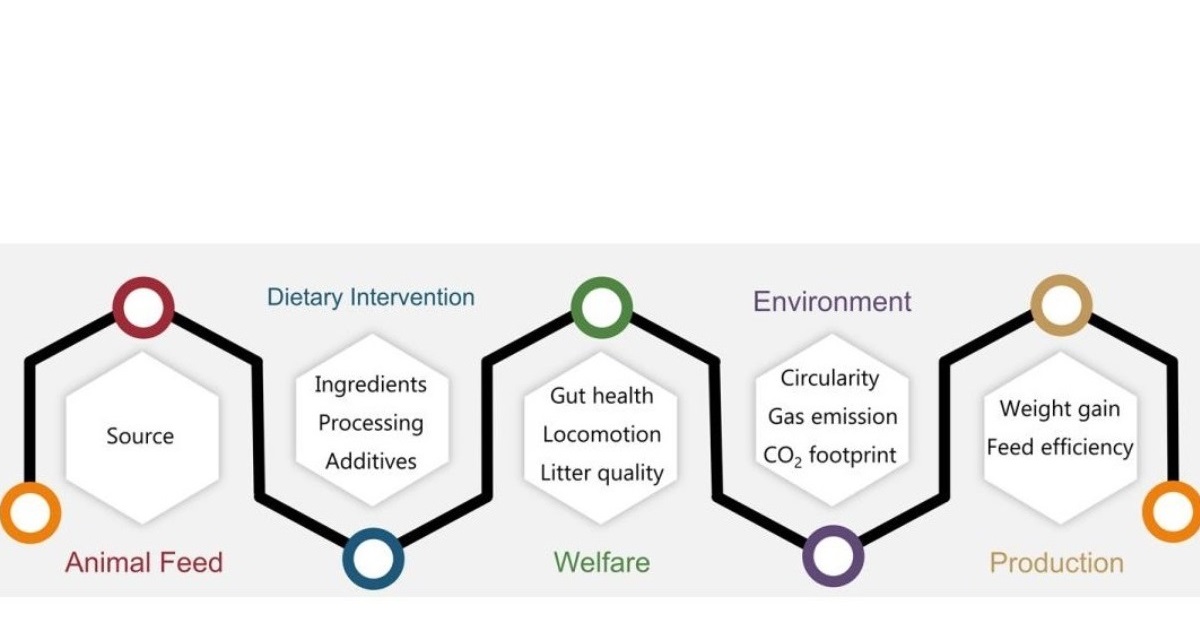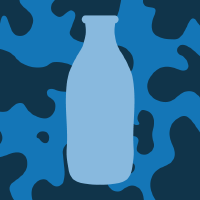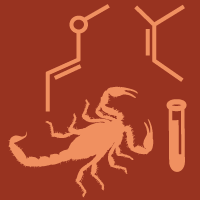Topic Editors

Effects of Dietary Interventions on Farm Animal Welfare and Production

Topic Information
Dear Colleagues,
Feed and food production face issues related to animal welfare and sustainability. If, on one side, livestock-based food production is changing to maintain animal well-being, climate change is shifting dietary composition for animal production. Among the methods to improve animal welfare, a properly processed, with adequate nutrient levels, and non-contaminated diet will support gut function, decreasing locomotion problems caused by nutrient dysbalance as well as dysbiosis. Besides this, food-feed competition requires the selection of alternative nutrients, which should be produced with net-zero emissions. However, this change probably will demand feed additives to improve digestibility, e.g., enzymes, and should allow efficient growth of the livestock.
This Topic aims to provide the most up-to-date information about recent developments in livestock feeding to improve animal welfare without a negative impact on the environment. It covers a wide range of areas, highlighting the following main topics:
- Alternative feed ingredients;
- Feed processing;
- Feed additives;
- Gut health promotors;
- Circularity;
- Greenhouse gas emissions;
- CO2 footprint.
Dr. Regiane Rodrigues Dos Santos
Dr. Francesc Molist
Topic Editors
Keywords
- dietary intervention
- livestock
- welfare
- environment
- production
Participating Journals
| Journal Name | Impact Factor | CiteScore | Launched Year | First Decision (median) | APC | |
|---|---|---|---|---|---|---|

Agriculture
|
3.6 | 3.6 | 2011 | 17.7 Days | CHF 2600 | Submit |

Animals
|
3.0 | 4.2 | 2011 | 18.1 Days | CHF 2400 | Submit |

Dairy
|
- | 2.4 | 2020 | 24.6 Days | CHF 1200 | Submit |

Toxins
|
4.2 | 7.5 | 2009 | 18.4 Days | CHF 2700 | Submit |

MDPI Topics is cooperating with Preprints.org and has built a direct connection between MDPI journals and Preprints.org. Authors are encouraged to enjoy the benefits by posting a preprint at Preprints.org prior to publication:
- Immediately share your ideas ahead of publication and establish your research priority;
- Protect your idea from being stolen with this time-stamped preprint article;
- Enhance the exposure and impact of your research;
- Receive feedback from your peers in advance;
- Have it indexed in Web of Science (Preprint Citation Index), Google Scholar, Crossref, SHARE, PrePubMed, Scilit and Europe PMC.


